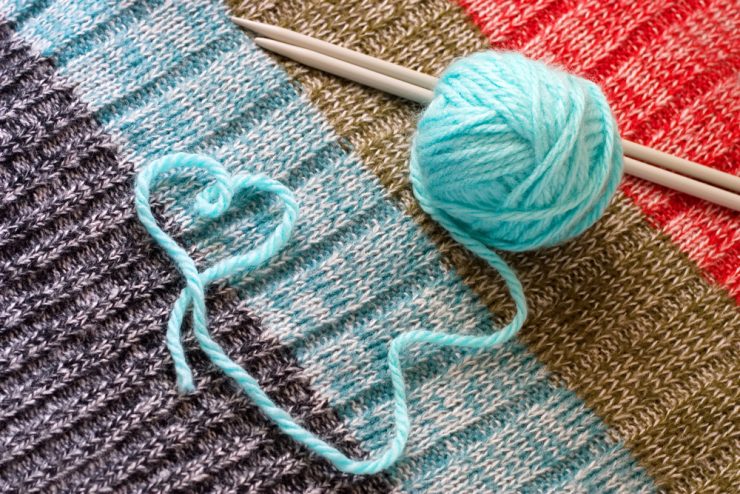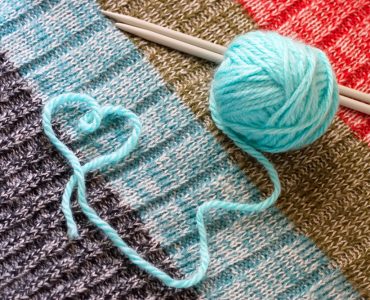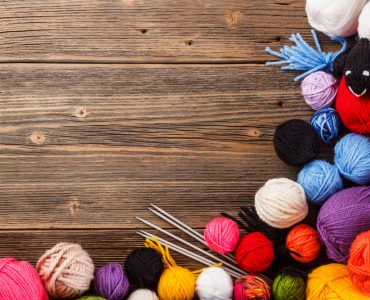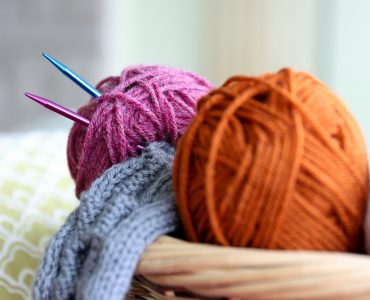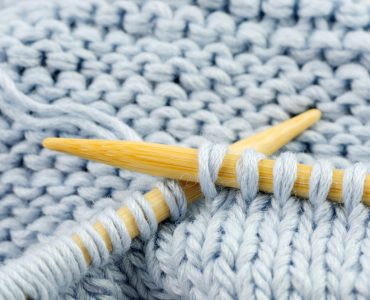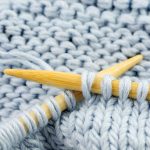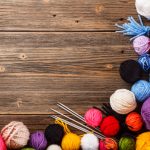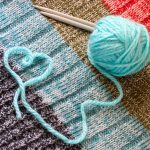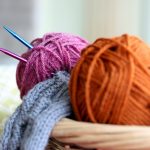Knitting is a method where a yarn or thread can be turned into cloth. Knitting has loops known as stitches that are pulled through one another. Knitting can be done by machine or by hand. There are various styles and methods of knitted garments that can be done by hand.
Different knitting needles and yarns can be used in achieving finished products which have varied textures, colours, integrity, or weight. Using needles of various thickness and sharpness and different kinds of yarn add to the effects.
The best known texture for knitted cloth is the one produced by the flat stockinet stitch that is done with knit stitches, and worked as alternating rows of purl and knit. Some other simple textures can be made just with purl and knit stitches, including ribbing, garter stitch, and seed and moss stitches. Adding up a “slip stitch” permits a broad range of textures that include linen and heel stitches, and a variety of more complex patterns.
Some improved knitting techniques make for surprisingly complex textures. Combining them may create small eyelet holes in the resulting cloth. Various decreases are important to create knitted lace, which is a very open fabric resembling lace.
The garment’s appearance is also affected by the yarn’s weight or the thickness of the spun fibre. If the yarn is thicker, the stitches are more visible. If the yarn is thinner, the texture of the garment is much finer.


